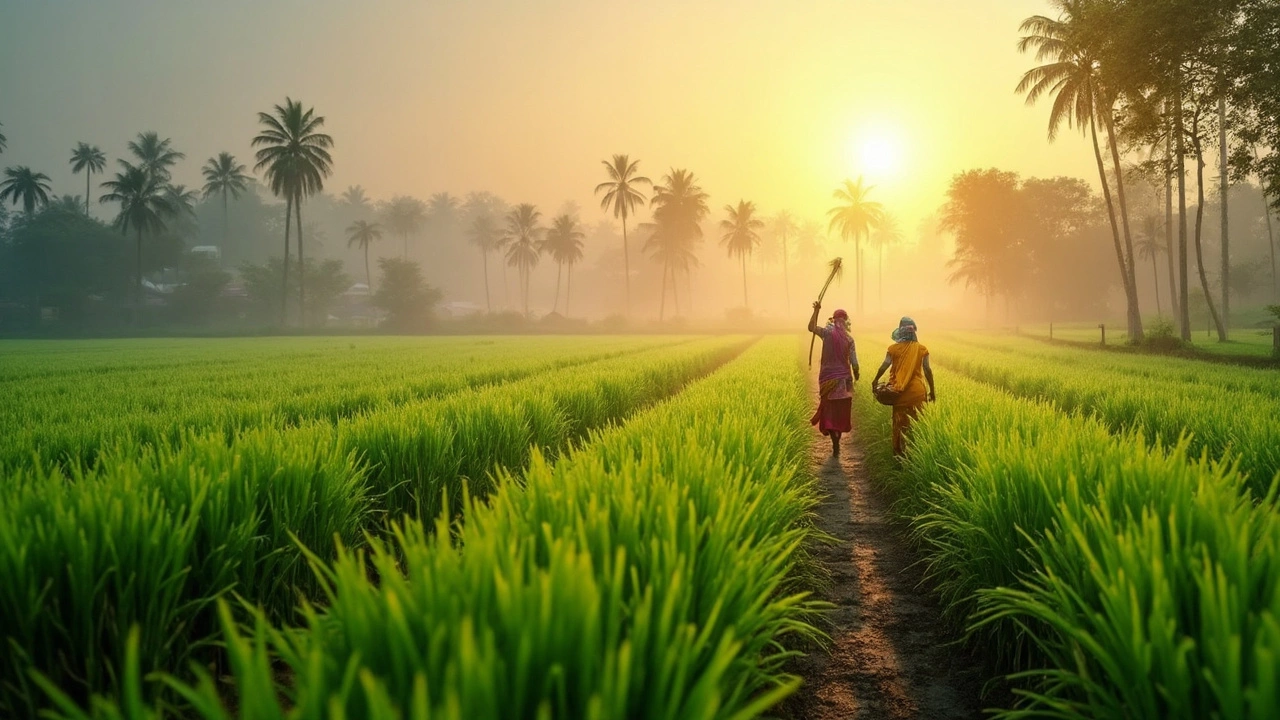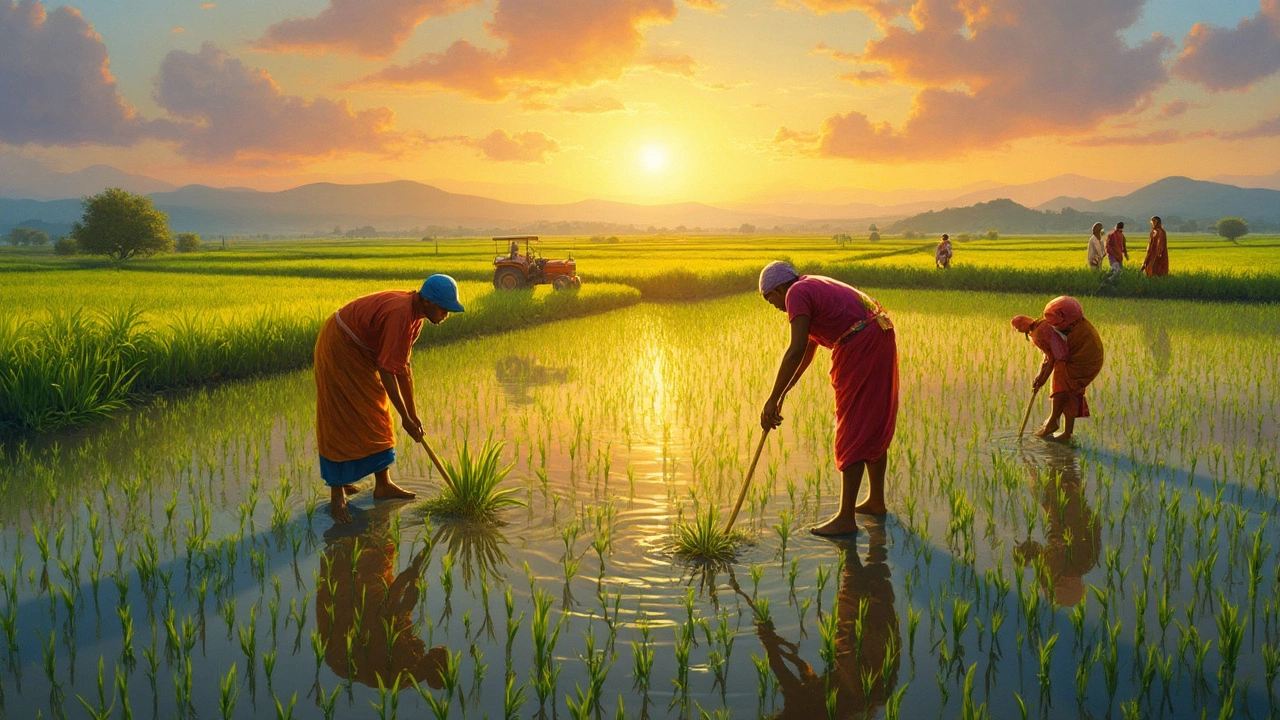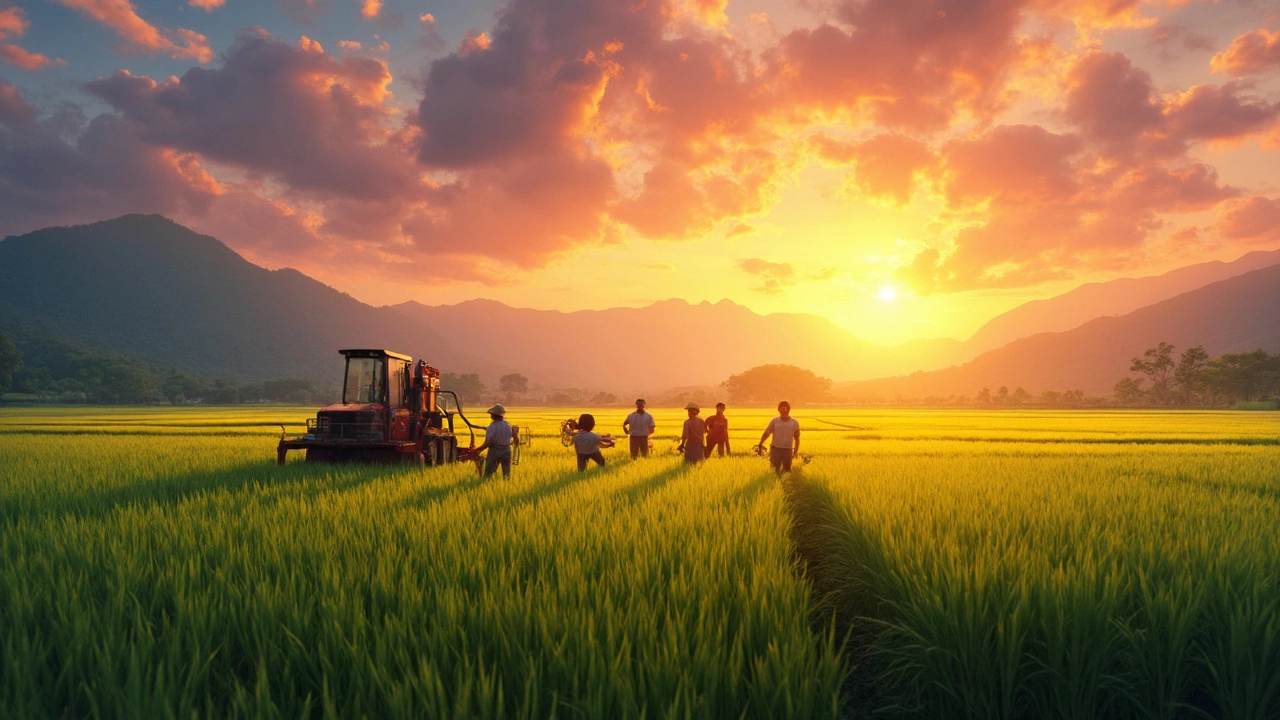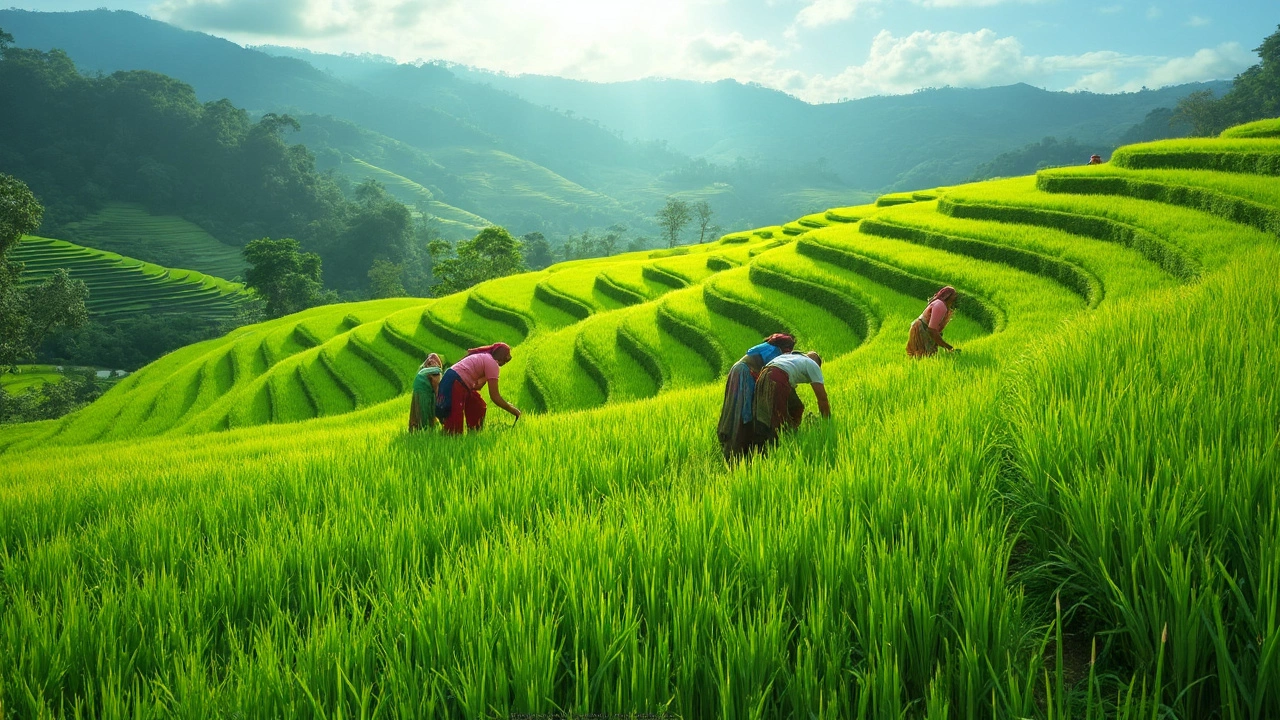Rice Farming: Practical Tips and Must‑Know Facts
If you’re thinking about growing rice in India, you’re in the right place. Rice feeds billions and can be a solid income source when you know the basics. This guide pulls together the most useful advice from our articles so you can start a paddock that produces well and stays profitable.
First off, remember that rice needs a lot of water, warm temperatures, and the right soil. Skipping any of these will hurt your yield. Below we break down soil choices, planting tricks, and how to avoid common pitfalls that cost farmers money.
Best Soil & Growing Conditions
Not all soils are created equal for rice. The ideal mix is loamy, well‑drained clay that holds moisture but doesn’t turn into a hardpan. If you have heavy, compacted dirt, add organic compost or sand to loosen it – this improves aeration and root penetration.
Water management is the heart of rice farming. Keep the field flooded for at least 3‑4 weeks after planting, then slowly taper off as the grain matures. Too much water early on can drown seedlings; too little later reduces grain size.
Temperature matters too. Rice thrives between 24°C – 30°C. In cooler regions, start seedlings in a nursery and transplant them when the weather warms up. This gives you a head start and reduces the risk of frost damage.
Yield, Risks, and Profit Tips
How many grains can you expect from one plant? On average, a healthy rice plant produces about 100‑120 grains per panicle, and each field can yield 3‑5 tonnes per hectare. That’s a good benchmark when you plan your budget.
Know the risks before you invest. Unpredictable rain, pest outbreaks, and price swings can eat into profits. Use integrated pest management – rotate crops, introduce beneficial insects, and apply bio‑pesticides only when needed. This saves money and keeps the field eco‑friendly.
Cost control starts with seed selection. Certified high‑yield varieties give you a better return than cheap local seeds, especially when paired with proper spacing and fertilization. Use nitrogen‑rich fertilizers early, then switch to phosphorus and potassium as the plant flowers.
Lastly, keep an eye on the market. Early‑season sales often fetch better rates than waiting for the peak season. Consider forming a farmer cooperative to negotiate better prices and share equipment costs.
By focusing on soil health, water timing, and smart risk management, you can turn rice farming into a reliable source of income. Dive into our detailed posts for deeper step‑by‑step guides on each topic and start planning your next harvest today.
How Many Acres of Rice Are Needed to Feed One Person?
It takes about 0.033 acres of rice land to feed one person for a year-roughly 1,450 square feet. Rice farming uses huge amounts of water and land, but new methods are making it more sustainable.
Does Rice Grow Back Every Year? Understanding Rice's Regrowth Cycle
Ever wondered if you can plant rice once and just keep harvesting year after year? This article explains whether rice naturally regrows annually or if farmers need to replant. It shares how ratoon cropping works, when rice regrows after harvest, and the differences between perennial and annual rice varieties. You'll also find out what conditions let rice fields bounce back and where farmers actually benefit from rice regrowth.
Rice Farming Profitability: What Really Pays Off?
Rice farming can look promising, but the real profits depend on a lot more than planting seeds and waiting for harvest. This article breaks down the actual costs, profits, and risks of growing rice today. Expect tips on boosting yields, saving on expenses, and selling smarter. Whether you’re thinking of diving in or already knee-deep in paddies, you’ll get numbers and real-world advice. See exactly how rice farming stacks up for your wallet.
Can You Grow Rice in America?
Rice farming might seem like an exotic practice for America, but it's entirely possible and even thriving in some regions. The key lies in understanding the environmental requirements and leveraging modern agricultural techniques. This article explores the areas where rice cultivation can be successful, tips for growing rice effectively, and the importance of water management. Additionally, we'll uncover the types of rice best suited for American fields and discuss the impact of climate on yield.
Best Topography for Growing Rice: Key Insights
Rice cultivation thrives in specific topographies that provide the best conditions for growth. Understanding these landscapes is key to maximizing yield and maintaining sustainable practices. Let's explore what terrain works best and why, uncovering useful tips to improve rice farming techniques. Learning about the optimal environments can empower farmers to make more informed decisions and cultivate healthier crops.
About
Rice Cultivation, Gardening
Latest Posts

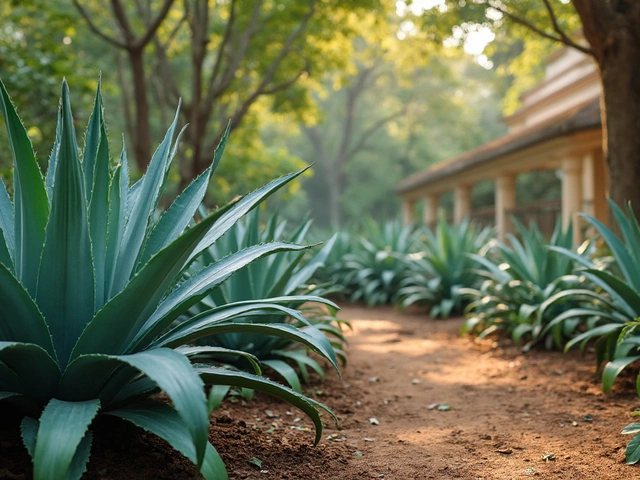
Discover the Marvel of the Agave, the Plant That Blooms Once Every 7 Years
By Alden Thorne Mar 8, 2025

Indian God of Vegetables: Myth, Meaning, and Tips for Better Gardening
By Alden Thorne Apr 26, 2025
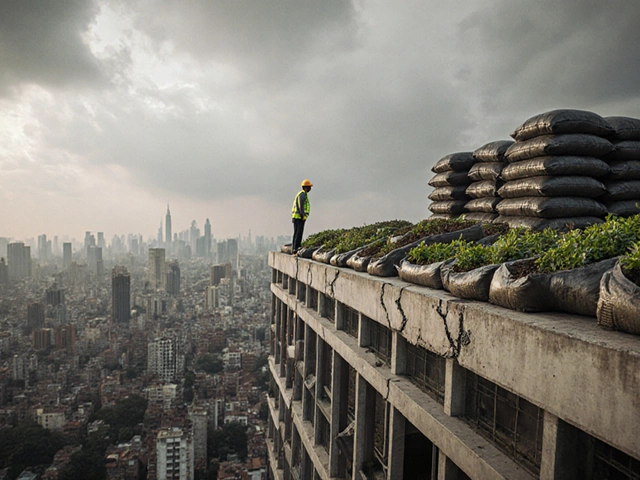
The Hidden Drawbacks of Rooftop Farming
By Alden Thorne Sep 30, 2025


